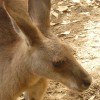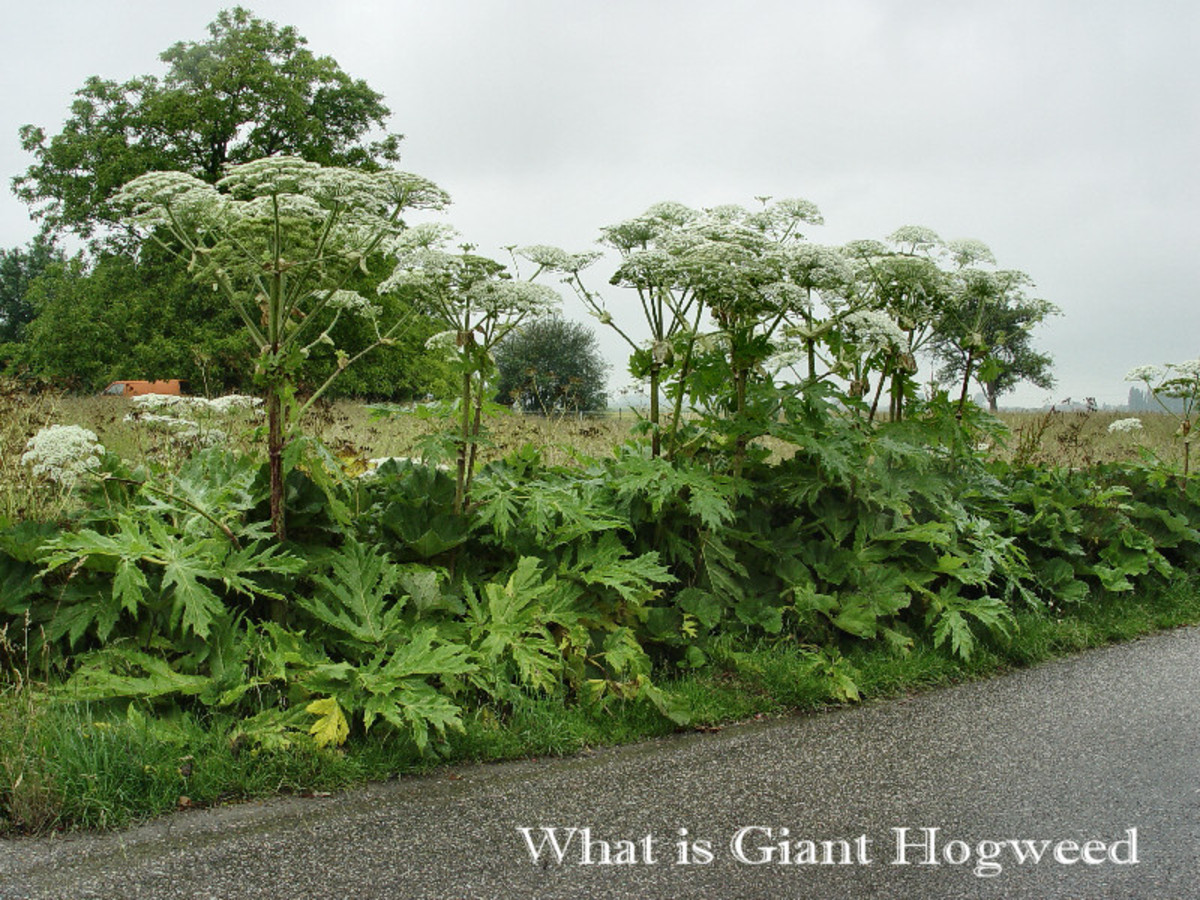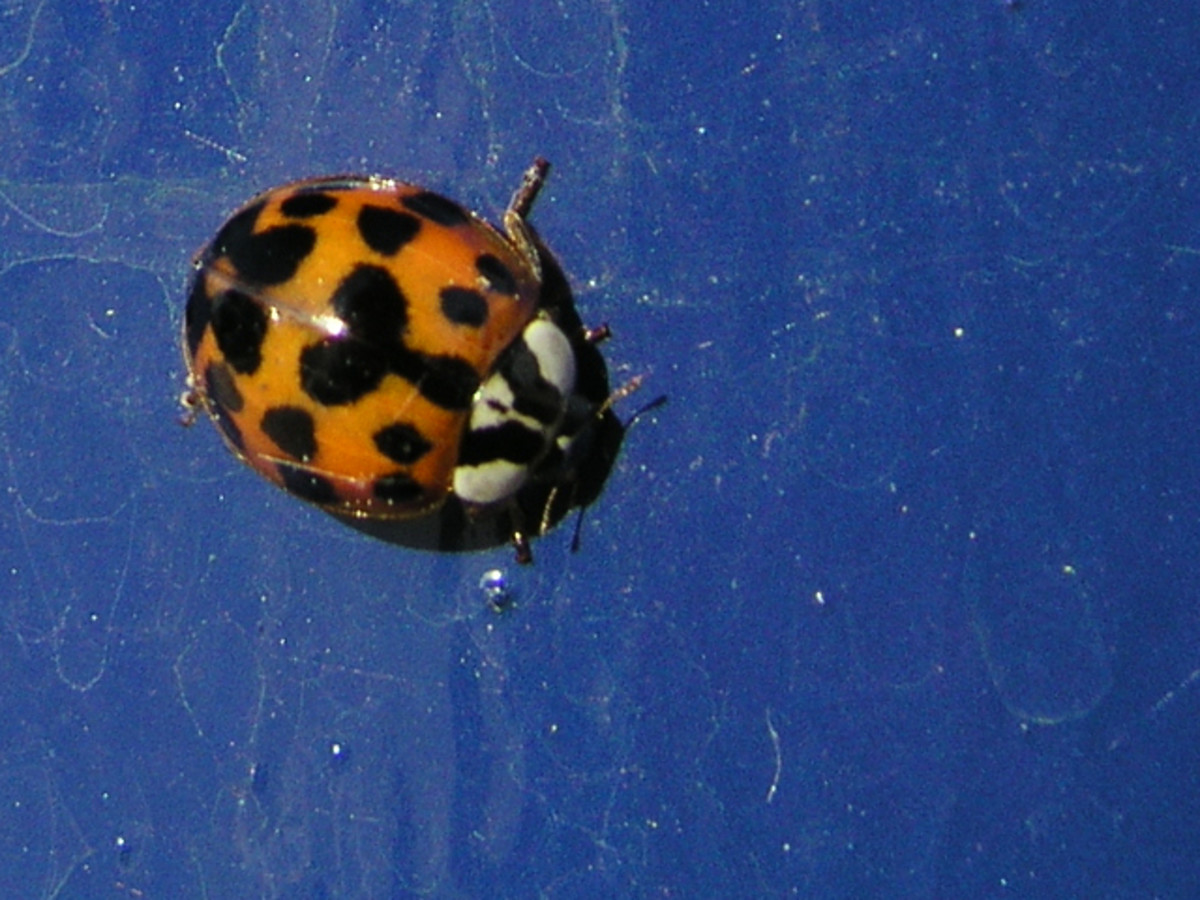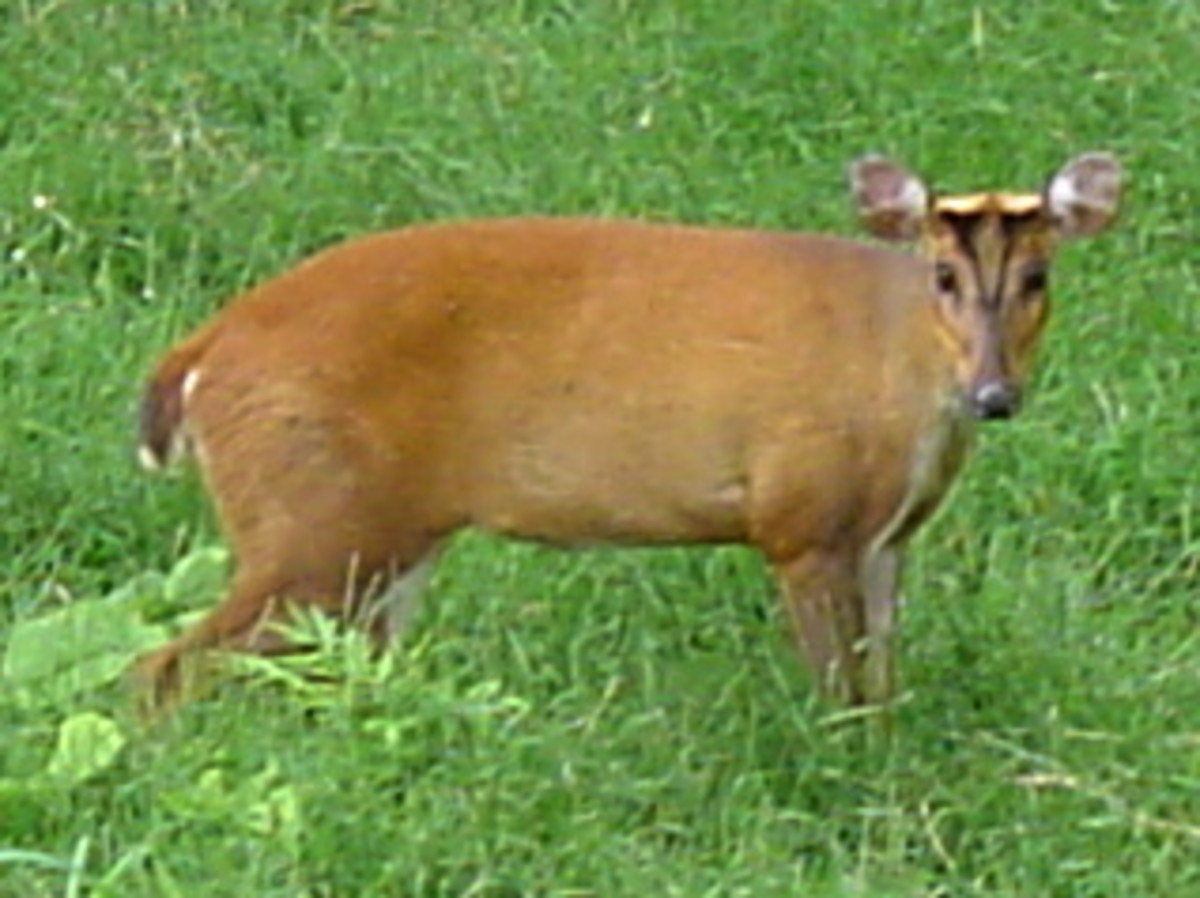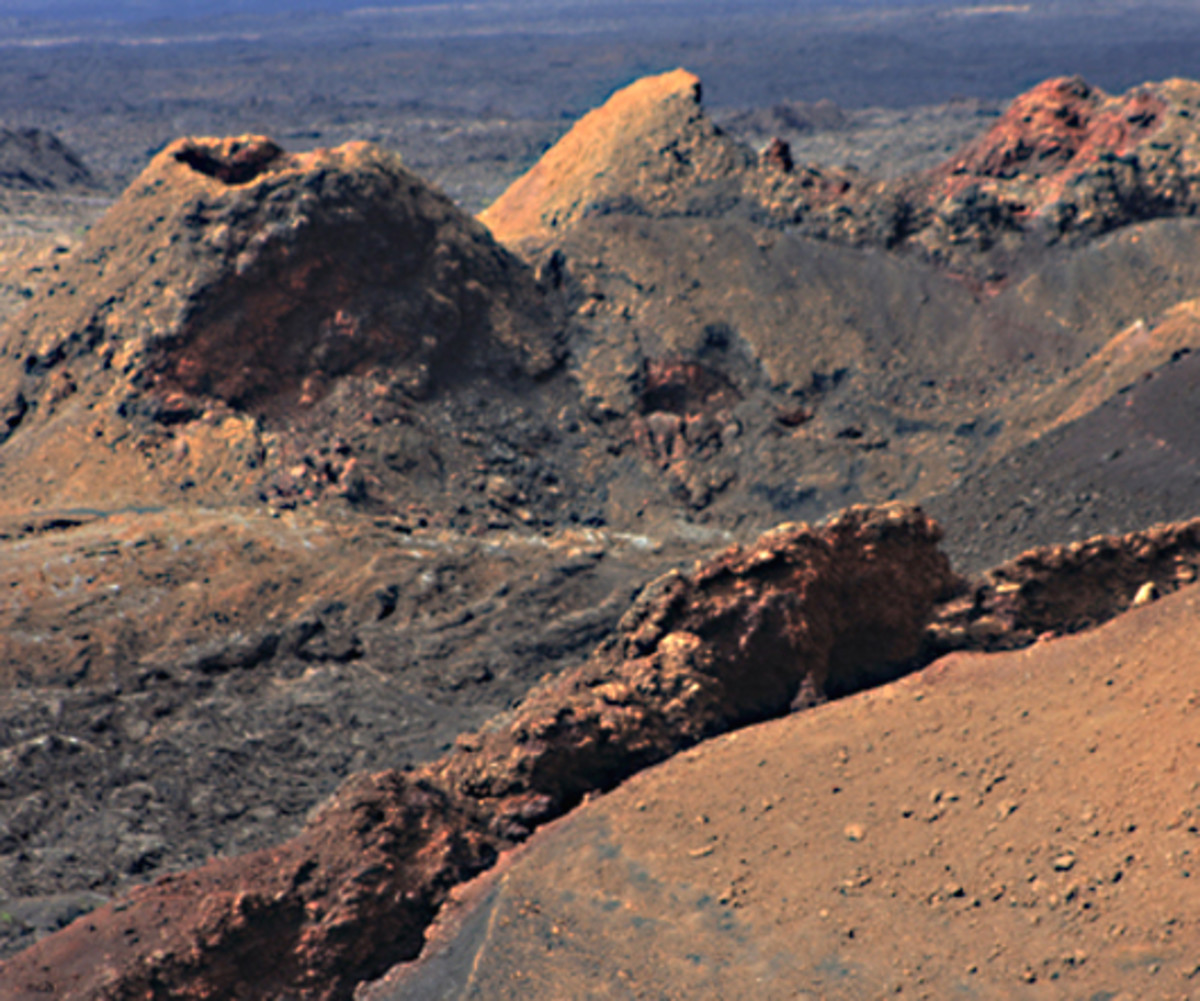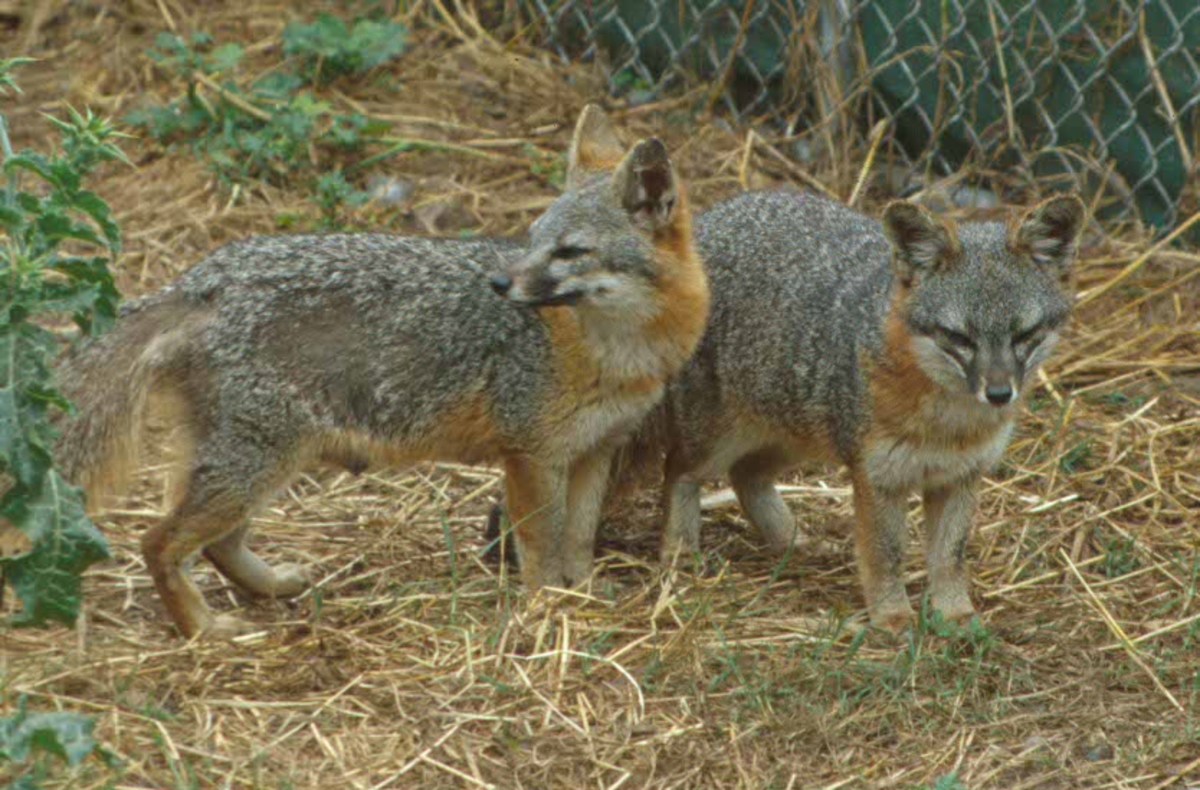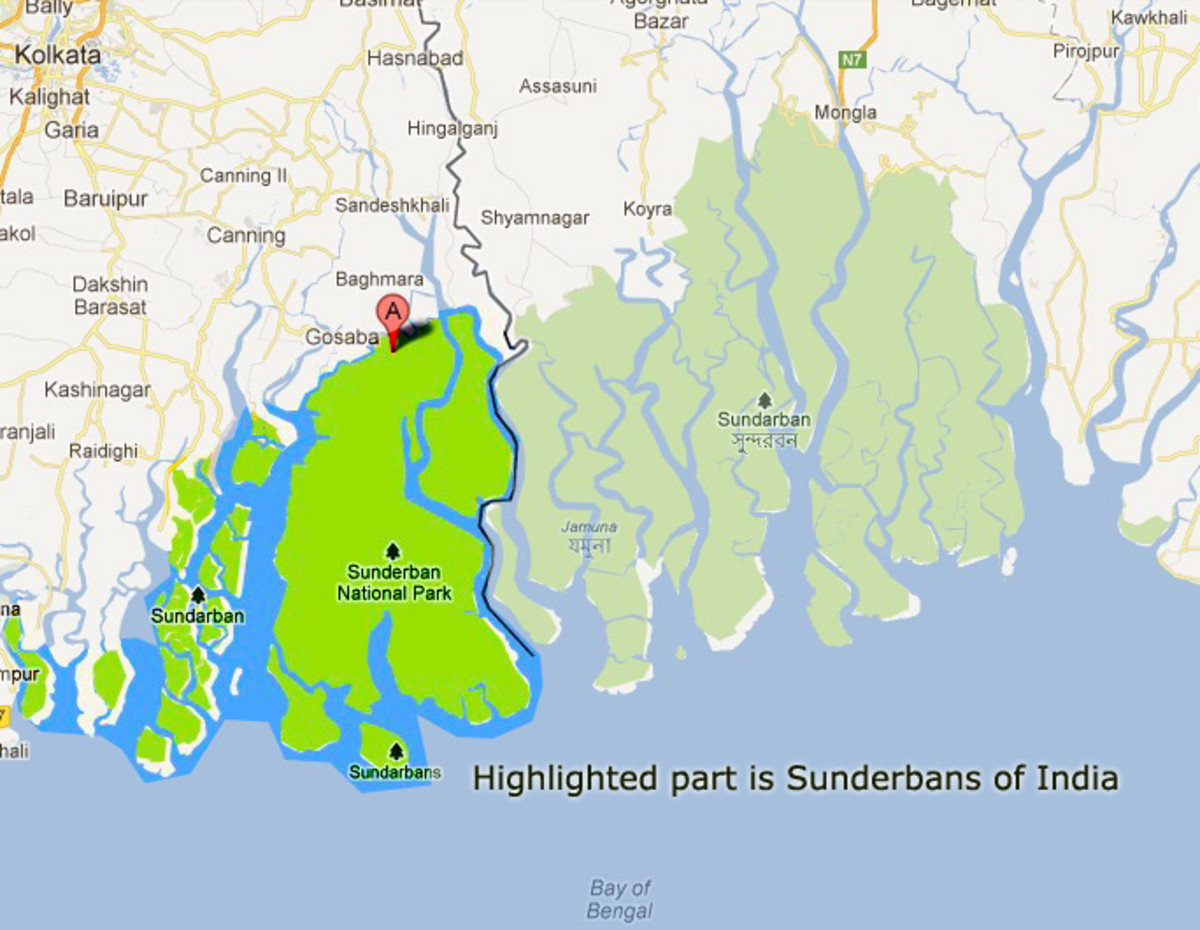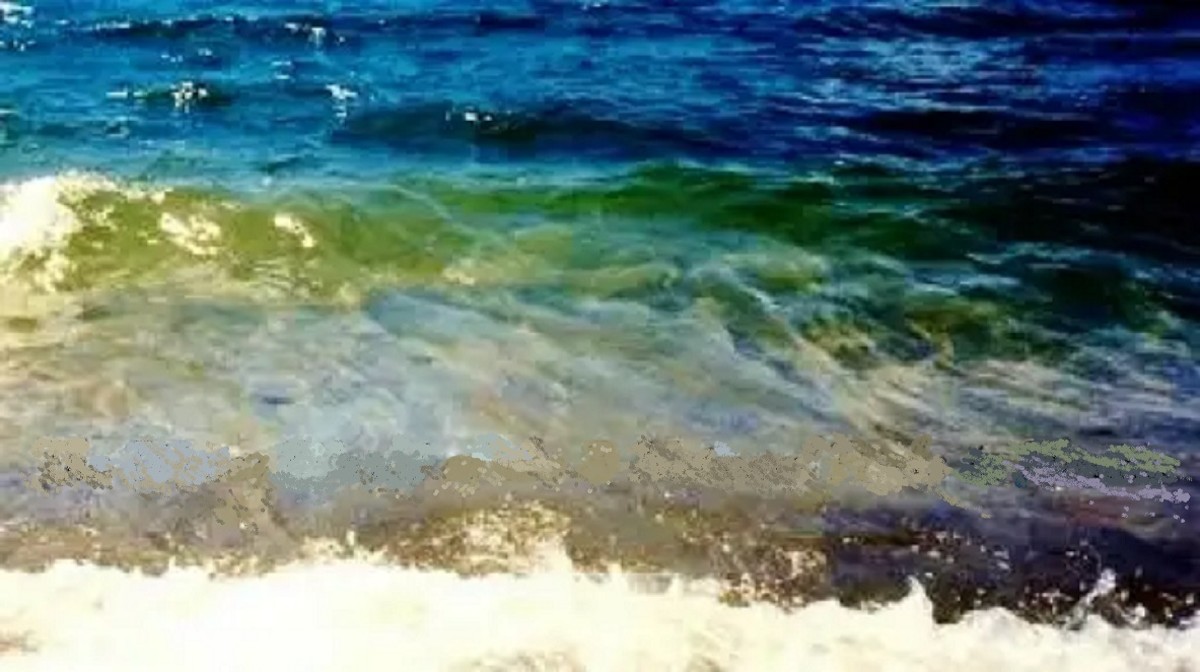Galapagos Islands – Problems Caused By Invasive Species
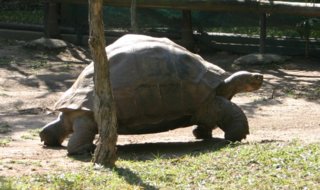
Is a trip to the Galapagos Islands on your bucket list of must-do vacations before you die? If so, then you must be very careful to not take any uninvited, invasive animal, plant, insect, or parasite guests along with you on your visit, because this Pacific wildlife paradise that is famous for its abundance of unique species, has been hit very hard by a myriad of invasive species.
Due to its remote location, some six hundred miles off the coast of Ecuador in South America; this volcanic archipelago is home to many unique species of animals, reptiles, birds and marine life that exist nowhere else on the planet.
With thirteen main islands and a scattering of smaller islands and rocky islets, the diverse ecosystems of the Galapagos developed in splendid isolation for millions of years, as no human being set foot there until 1535 when Bishop Tomas de Berlanga was forced to come ashore in search of water.
The Spanish bishop declared that the islands were good for nothing, as they were uninhabited and their bleak, volcanic landscapes looked highly unpromising for the cultivation of crops. The archipelago was to get its popular name from a briefing that the bishop gave to the Spanish king where he recounted his tales of plentiful wildlife that had no fear of humans and the thousands of Galapagos, the Spanish word for giant tortoises.
But, despite his declarations, the bishop had opened the floodgates, and in the following centuries the islands became a hideout for English pirates who preyed on the Spanish galleons laden with the treasures of Americas and then came the American whaling fleets.
This human invasion butchered vast numbers of the giant tortoises for meat and also brought invasive cats, dogs, rats and pigs into the archipelago for the first time.
In 1835, a ship called The Beagle weighed anchor in the islands to replenish their diminishing food stores with giant tortoise meat, and on board was a young man called Charles Darwin who was to change our view of the world with his revolutionary theory of evolution which he laid out in his ‘The Origin of the Species by Natural Selection’.
It was while he was observing the island’s wildlife, such as the several different varieties of finches that he noted that they differed in appearance from island to island.
So he surmised that originally the finches had arrived from South America and dispersed around the archipelago, but the distances between the islands was too great for the birds to interbreed, and so they adapted to local conditions and food sources, with some varieties developing large beaks to cope with tough nuts and fruit, and some developing longer, slenderer beaks designed to eat insects.
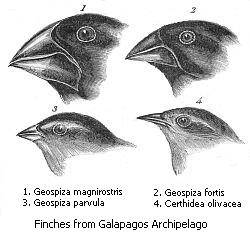
As well as the different varieties of finches, some of the unique Galapagos species include marine iguanas, the giant Galapagos tortoise, Floreana mockingbird, Lava gulls, the Galapagos penguin, flightless cormorants, sea lions and fur seals.
There are very few land mammals that are endemic to the archipelago, probably due to its isolation, and these include two species of rice rats and two species of bats.
Whales and dolphins can also frequently be seen in the seas around the islands. But tragically the advent of mankind into these once pristine ecosystems has also brought many invasive species with them, animals, insects and plants that do not belong there.
So what is so terrible about an introduced species? An invasive species has the potential to cause great damage and disruption to native habitats, as they can prey on native species, compete with them for food and territory, and they can also bring new parasites and diseases with them.
The mammal species that have been introduced include goats, horses, donkeys, cattle, pigs, cats, rats and mice and there are also invasive bird species such as domestic ducks and chickens, cattle egrets and rock pigeons. And new invasive species are still arriving, as in 1997-98 a species of tree frog, called Scinax quinquefasciata found its way to the Galapagos.
So let’s have a look at what damage some of these Galapagos invasive species have caused. Feral goats were brought to the islands by the whaling ships to provide fresh meat and more by settlers during the 20th century and have probably been the most destructive of the introduced species. This is because they are very hardy and adaptable, and have little need for water which allows them to thrive and breed in the most inhospitable environments.
They are herbivores with voracious appetites and destroyed large swathes of the native plant life and they also have a taste for tree bark, stripping it off and damaging the trees. They also caused damage to the precious topsoil, as when the goats ranged over the volcanic slopes they destroyed the vegetation that protected it, so that it gradually washed away during rain storms.
The feral goats are also a threat to the giant tortoises as they take over their feeding grounds and push them out of their natural territory. It became imperative to address the problem of the invasive goats before they totally destroyed the environment and drove some of the irreplaceable native species into extinction, but sometimes the methods of eradicating introduced pests can be controversial.
For the feral goats of the Galapagos, it was decided in the late 1990s that they need to be eradicated and that to do this they would have to be hunted and shot. In areas where there was a large concentration of goats, they were hunted from the air by helicopter and hunting parties with specially trained dogs also went by foot.
When the majority of the animals in an area have been killed, ‘Judas’ goats are used to lead the hunters to any remaining goats that had scattered over the area. These ‘Judas’ goats are animals that have been sterilised and fitted with radio collars so that they can be tracked. They are then released and will find and join up with any surviving feral goats still in the wild.
This feral goat eradication has been so successful that in August 2006 it was declared that the north of Isabela Island and nearby Santiago Island were free of these introduced pests. During this eradication programme, work was also done to remove invasive pigs, donkeys and some invasive plant species that were also present on these islands.
The eradication of the goats on some islands, such as Pinta Island, has led to some of the native species being reintroduced with the hopes that they will help to regenerate the native vegetation and ecosystem.
The giant tortoises reached the Galapagos by floating on currents from South America around 600 miles away, sticking their long necks out of the water in order to breathe. Those that reached Pinta Island evolved in to a separate subspecies, but they were decimated by the whalers using them for food in the 18th century, and they became extinct during the 20th century.
The last surviving Pinta tortoise, known as ‘Lonesome George’ was taken into captivity in 1972 in order to protect him. As the tortoises were gone, local fishermen introduced goats to the island in 1959 to provide them with food during their fishing trips, but the numbers of these goats rocketed during the following decades devastating the island’s vegetation.
The goats have been successfully eradicated and the vegetation began to recover, but because the native species, the giant tortoises were absent, it meant that some native plant species would suffer because the tortoises dispersed their seeds and also kept vegetation growth in check.
As there are no Pinta giant tortoises left, in 2010 a small population of sterilised hybrid giant tortoises was released to help bring the ecosystem back into balance, as the search for tortoises with some Pinta genes that could be released to breed continues.
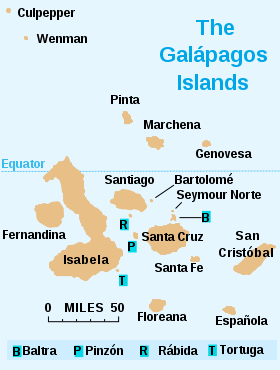
Invasive rats and mice have also caused a lot of destruction in the Galapagos. These rodents arrived on the ships of the buccaneers, whalers and later settlers, and swiftly established themselves on dry land.
Not only do these rodents breed prolifically, but they are also omnivorous, eating practically anything that they come across. So not only do they ravage the food supplies of the native birds and reptiles, they will also eat their eggs.
One of the unique species that invasive rats have almost driven to extinction is the Galapagos petrel, of which only 120 remain. Another fifty bird species were thought to have been threatened by the presence of rats, so it was decided that all non-native rodents needed to be eradicated.
The method decided on was to spread a specially formulated poison in pale blue cubes that will attract and kill the rats, but isn’t attractive to the native bird species or the sea lions. However, this is going to be a long and expensive project, as it is estimated that it could take up to twenty five years to completely eliminate invasive rodents from the archipelago.
In addition, certain native species, like the Galapagos hawks have to be removed before the poison is used, in case they feed on any of the rats that have ingested it.
However, killing invasive animals is not the only method being used in the Galapagos to control invasive species. In the case of the tree frogs that arrived in 1998 in imported goods and foodstuffs, the scientists are looking to restrict their ability to breed.
The archipelago has no native amphibians, so this introduction could potentially cause great damage and modification to the local ecosystem, as the tree frogs could compete with native insect eaters for food and territory and spread previously unknown parasites and diseases.
They have colonised the wetlands on Isabela Island, but scientists have ascertained that they do not live in the lagoons where the water is particularly salty and that their tadpoles cannot survive in them. Therefore they are evaluating whether it would be possible to increase the salinity in some of the lagoons to prevent the tree frogs from breeding and thus prevent the numbers of these amphibians multiplying.
Luckily much of the biodiversity of the Galapagos has been preserved and a lot of work is being undertaken to protect threatened species, regenerate damaged ecosystems and continue to eliminate invasive species and prevent new ones being brought in and establishing themselves.
Eco tourism is now the biggest industry in these remote islands, and is strictly regulated. The Government of Ecuador has given over 97% of the land mass of the islands as National Park and every tourist has to pay a substantial entry fee when they land and can only take treks if they are accompanied by a registered guide and stick to the marked trails.
The Galapagos had the distinction of becoming one of the first World Heritage Sites in 1979, with the Marine Reserve becoming a World Heritage Site in 2001 and the archipelago a Biosphere Reserve in 1984. It is to be hoped that the Galapagos can continue to be protected and preserved as a unique haven for all of the rare and fascinating native wildlife species that live there.
Death of Lonesome George
Since I wrote this hub a few weeks ago there has been some same news from the Galapagos Islands. At the grand old age of 100 or so Lonesome George, the last tortoise of his Pinta subspecies has passed away.
In his last years he had been living in a comfortable enclosure and was sent to other islands in the hope that he would mate with some lady friends of a closely related subspecies, but unfortunately any eggs that they laid proved to be infertile. His death was a blow as he was relatively young when he died, as other giant tortoises have lived to be at least 200, and officials are going to undertake a post mortem to find out what caused his death.
